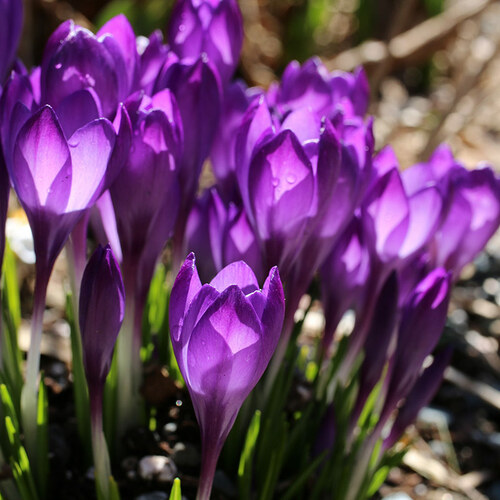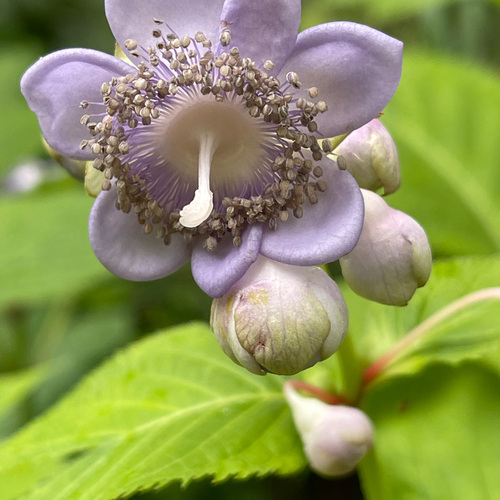Matt Mattus
-
Northeast Regional Reports
How to Grow Crocuses for a Spectacular Early Spring Display
Crocuses (Crocus spp. and cvs., Zones 3–8) are some of the most beloved plants in our gardens. They are often the first hopeful sign of spring for many of us,…
-
Northeast Regional Reports
5 Unusual Blooming Perennials for Shade
When we think “shade,” we typically think foliage. And when we do think of flowering perennials for shade, the same old ones come to mind, such as astilbe (Astilbe spp.…
-
Northeast Regional Reports
Which Vegetables to Grow in Rocky Soil and Which to Avoid
Here in the Northeast, rocks are just a part of gardening life, and even if you are raising vegetables in an old garden (one that's been well tended for decades),…
-
Northeast Regional Reports
All About Growing Annual and Perennial Poppies
Poppies (Papaver spp. and cvs., Zones 3–9) are one of the most beloved and desirable garden flowers, but they aren't as easy to please as many sources make them out…
-
Northeast Regional Reports
New and Unusual Annuals to Try in Your Garden This Summer
Gardening is, or at least should be, an ongoing learning process. It can include trial and error (and sometimes failure), but for me, the most exciting part is discovering new…
-
How-To
Essential Garden Tools for Spring
Prune effortlessly with these adjustable loppers A good pair of loppers can make spring pruning a breeze. However, most loppers seem to make even a strong person feel pathetically weak…
-
Northeast Regional Reports
Three Amazing Understory Trees and Shrubs
While many of us think of trees as super-tall giants or stand-alone specimen plants, we also know that most trees naturally grow in forests and that forests aren’t all made…
-
Article
How to Grow Winter Heath and Favorite Varieties
Winter heath (Erica carnea, Zones 5-8) is surprisingly absent from our Northeastern gardens. Species in the heath genus (Erica) are often confused or lumped in with heather (Calluna vulgaris, Zones…
-
Northeast Regional Reports
Evergreen Perennials for the Northeast
Lifelong saxifrage Saxifraga paniculatasubsp. paniculata Zones: 2–6 Size: 6 to 12 inches tall and 3 to 6 inches wide Conditions: Partial shade; well-drained soil Native range: Central Europe Lifelong saxifrage…
-
Northeast Regional Reports
4 Uncommon Trees and Shrubs for Striking Late-Season Interest
Late fall and early winter can be a drab time in northeastern gardens. Most of the leaves have faded from the trees, and the perennial border is looking mushy and…
















